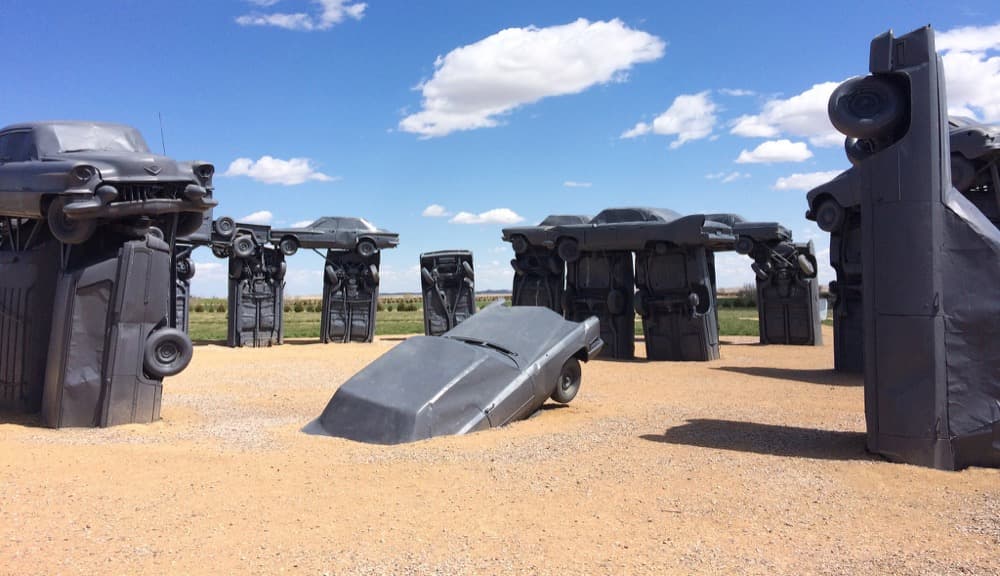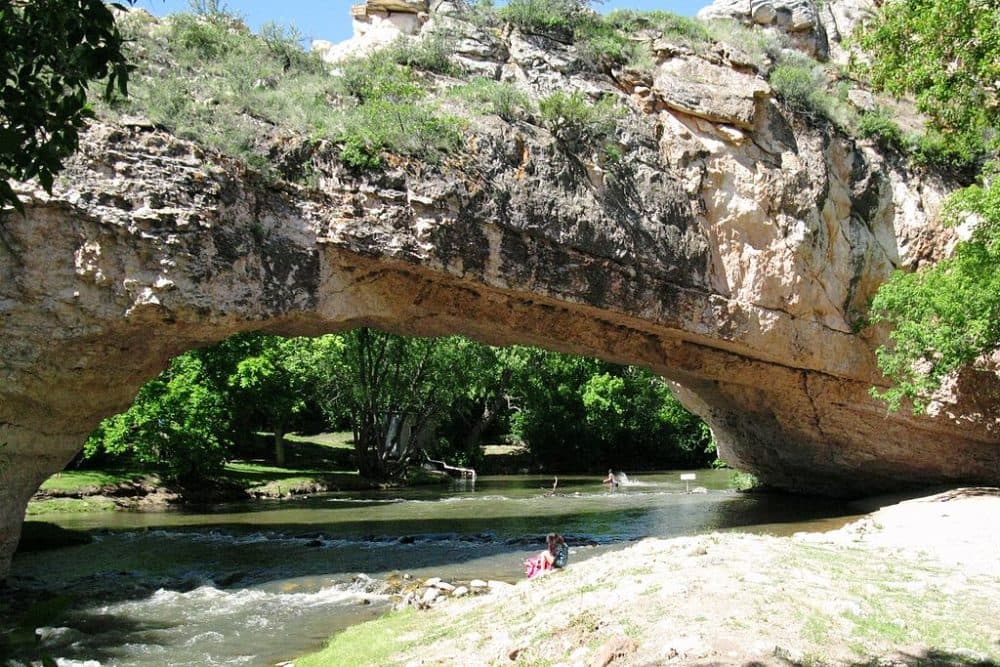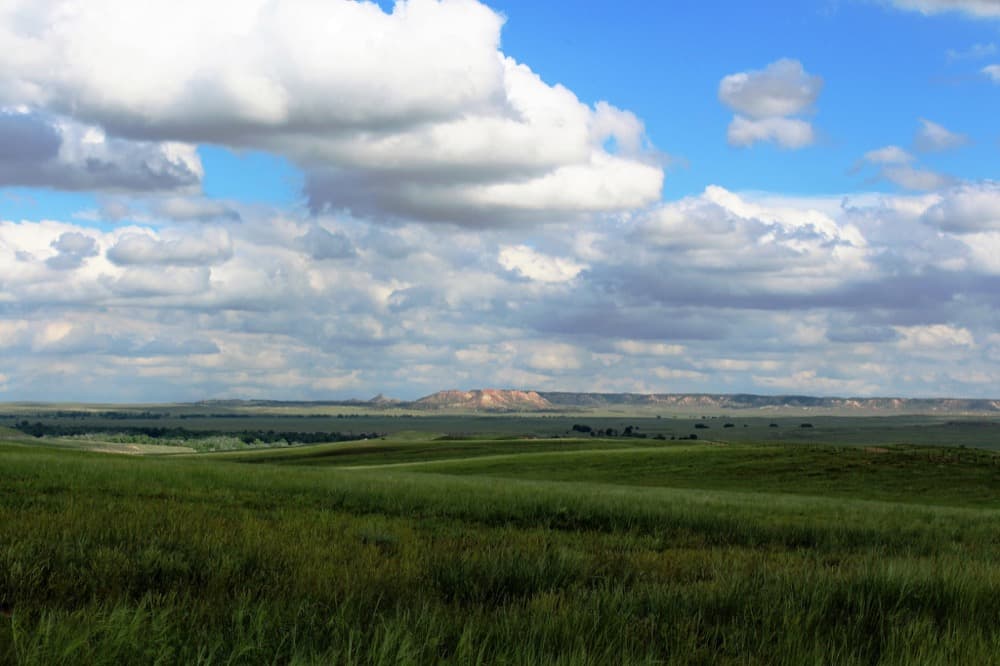Great news, everybody: The moon is going to blot out the sun and throw the United States into a super-freaky darkness on Monday, August 21, and we're within driving distance to some ideal spots to see it.
This is going to be a stellar (ha ha) opportunity, and North America won't see another like it until 2024. Towns across Nebraska and Wyoming are booking out their hotels already, so let's get to it.
Update, Aug. 15: Note that the drive times listed in this article are without traffic. There is going to be a ton of traffic. There is going to be so much traffic that you may need to be out there days early, and practically all hotel rooms are booked.
If you're thinking of staying Denver instead, check this guide out.

So, it's important to know that the "path" of the eclipse is fairly narrow – just 60 miles wide to see the totality, and the sweet spot within that is even narrower.
NASA has helpfully plotted out the path of the eclipse here, and I'll pick out a few convenient destinations below. If you're in ideal territory, the partial eclipse should start around 10:30 a.m. Mountain time and become a total eclipse at about 11:57 a.m.
The total eclipse will last only a few minutes, even at the center of the path. It will last slightly longer as you go farther east, but any of these should put you darn close to maximum length.
This will be the first full eclipse over the lower 48 states since 1979, according to Great American Eclipse. Also, read up about how to safely observe the eclipse, so you don't burn your eyes out. Maybe you should buy eclipse glasses now.
Alliance, Nebraska:
Alliance is home to Carhenge, which is of course a replica of Stonehenge made out of old cars. It's also right in the middle of the solar eclipse path. This seems very appropriate.
It looks like all the hotels and motels in town have already booked out for that date, so you may have to drive back afterward. You could also camp at Pawnee National Grassland on your way back, or continue north to Nebraska National Forest. Try to do some stargazing that night, as the new moon should make for ideal conditions.
Distance: About four hours' drive from Denver without traffic. Update: Carhenge is expecting 25,000 people. So, keep that in mind.

Grand Island, Nebraska:
If you want to stay at a hotel, this plains city of about 48,000 people is a good bet. Plus, it's right on the Platte River, so you can finally find out where all that water goes.
Distance: About six hours' drive from Denver without traffic.
Douglas, Wyoming:
This is one of the closest options, and it looks like a pretty interesting place. You can check out Ayres Natural Bridge and a number of historic locations, including a World War II prisoner-of-war camp and something called a "railroad interpretive center," which hopefully involves modern dance.
Unfortunately, Expedia says all hotels in town are currently booked. Fortunately, it's just south of Thunder Basin National Grassland, where you can camp just about anywhere and, again, look at stars.
Devils Tower is a further three hours north, too.
Distance: About three-and-a-half hours from Denver to Douglas without traffic.

Casper, Wyoming:
Casper's a more-developed option, with a population of about 55,000. It also has the Tate Geological Museum with dinosaurs and mammoths and such, as well as restaurants, an art museum and historic sites.
Amazingly, all 27 of its hotels on Expedia are listed as sold out for the day of the eclipse. You could drive about 75 minutes to Thunder Basin and camp, or just come back.
Distance: About four hours' drive from Denver without traffic.

If you've got another suggestion, email me. Otherwise, good luck, everybody, and I'll see you at the end. I'll be welcoming the eclipse like that one girl from Independence Day with the aliens.













